Best Timing for Barb Wire Fence Installation
Determining the optimal time for barb wire fence installations depends on various climate and site conditions. Generally, the most suitable periods are during dry seasons when soil is firm and weather conditions are predictable. Installing during these times ensures proper tensioning and secure attachment of the wire to fence posts.
Dry weather with minimal rain prevents delays and ensures stable ground for fence post installation.
Firm, dry soil during late spring or early fall facilitates easier digging and better post stability.
Temperatures between 50°F and 85°F are ideal for installation, reducing material expansion or contraction.
Spring and early fall are preferred seasons for scheduling barb wire fence projects due to moderate weather.
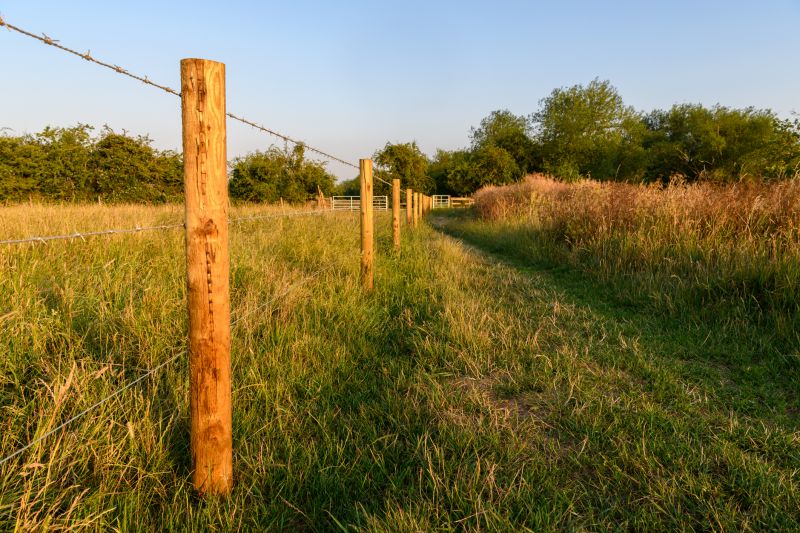
Ways to make Barb Wire Fence Installations work in tight or awkward layouts.

Popular materials for Barb Wire Fence Installations and why they hold up over time.
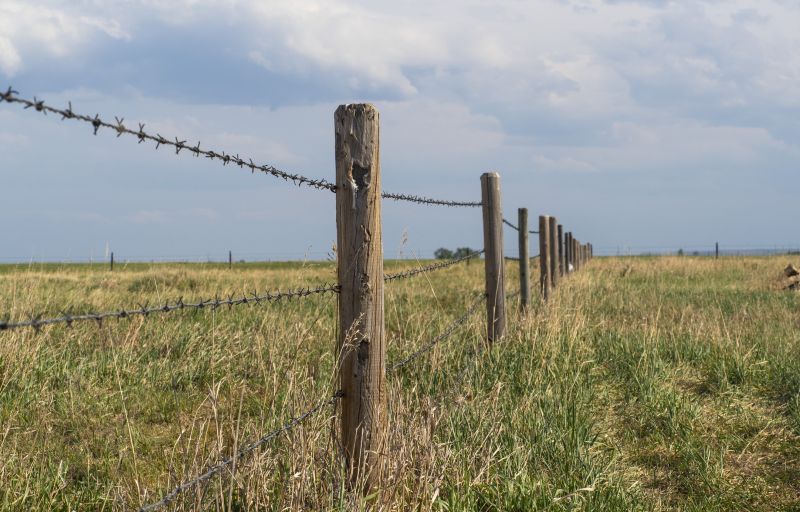
Simple add-ons that improve Barb Wire Fence Installations without blowing the budget.
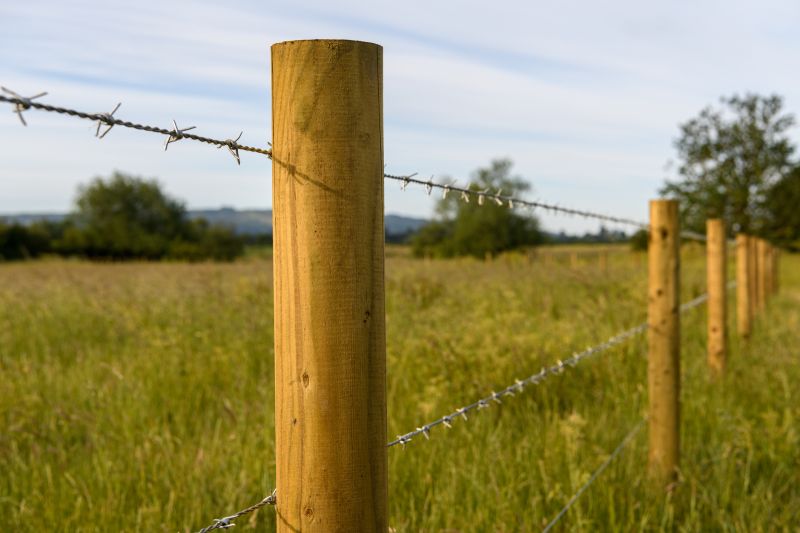
High-end options that actually feel worth it for Barb Wire Fence Installations.

Finishes and colors that play nicely with Barb Wire Fence Installations.
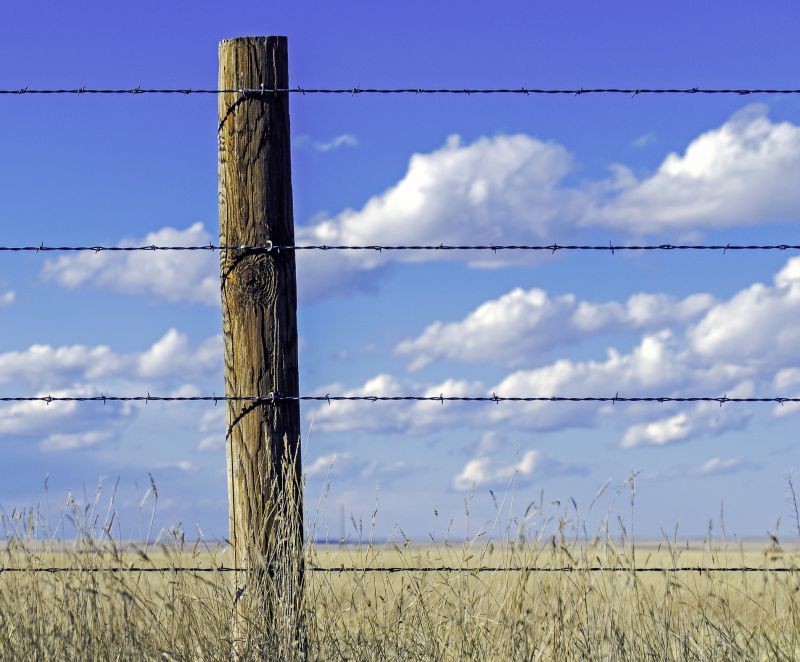
Little measurements that prevent headaches on Barb Wire Fence Installations day.
Barb wire fence installations are a common choice for securing large properties, agricultural land, and industrial sites. They provide a cost-effective and durable barrier that can be installed relatively quickly. The process involves setting sturdy fence posts at regular intervals, attaching the barb wire securely, and ensuring proper tensioning to prevent sagging. Proper planning and timing can enhance the longevity and effectiveness of the fencing system.
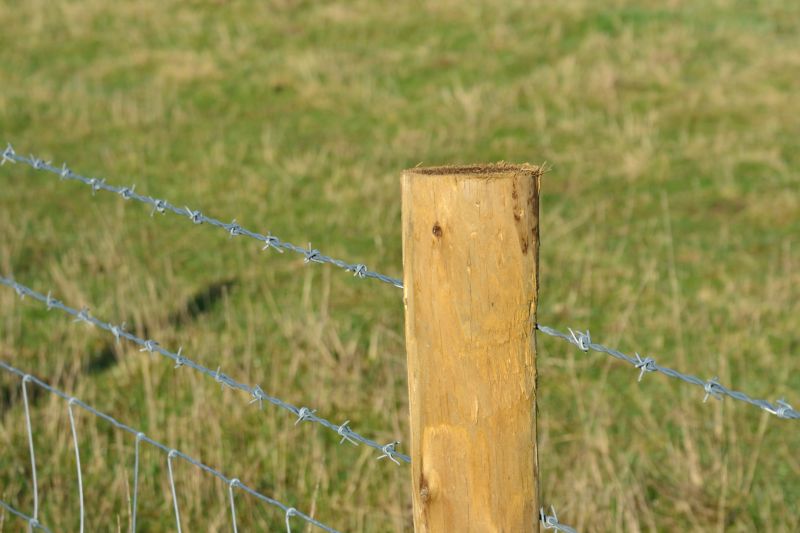
Secure posts set in firm ground for long-lasting fencing.
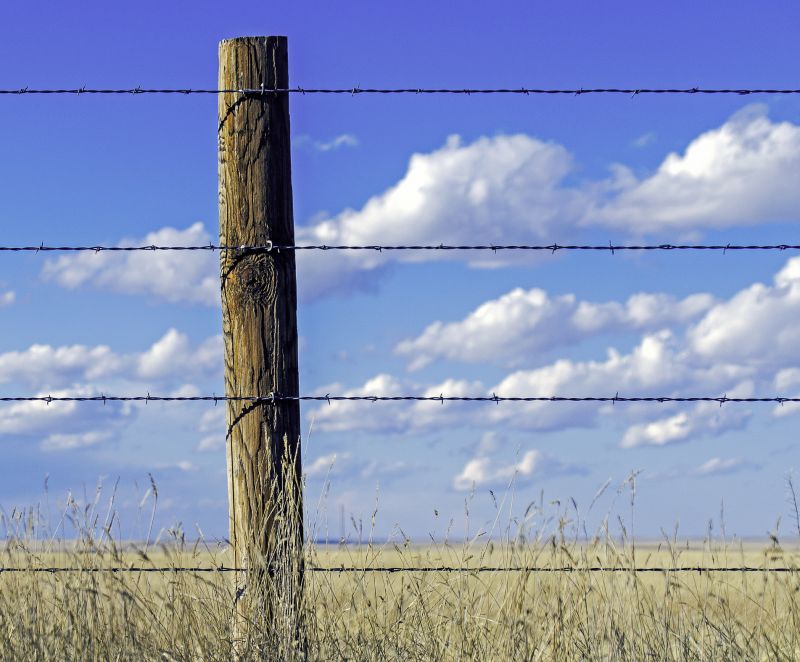
Tensioned wire secured to posts for optimal security.

A durable barrier suitable for various applications.

Heavy-duty fencing in commercial settings.
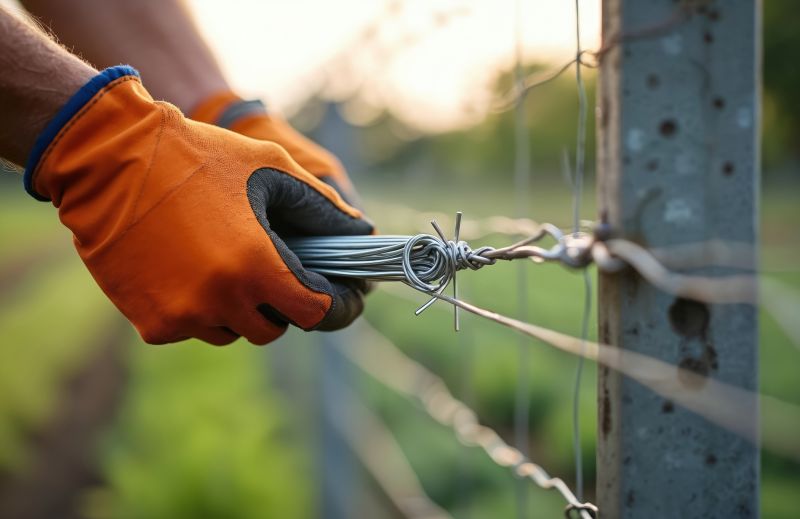
A 60-second routine that keeps Barb Wire Fence Installations looking new.

A frequent mistake in Barb Wire Fence Installations and how to dodge it.
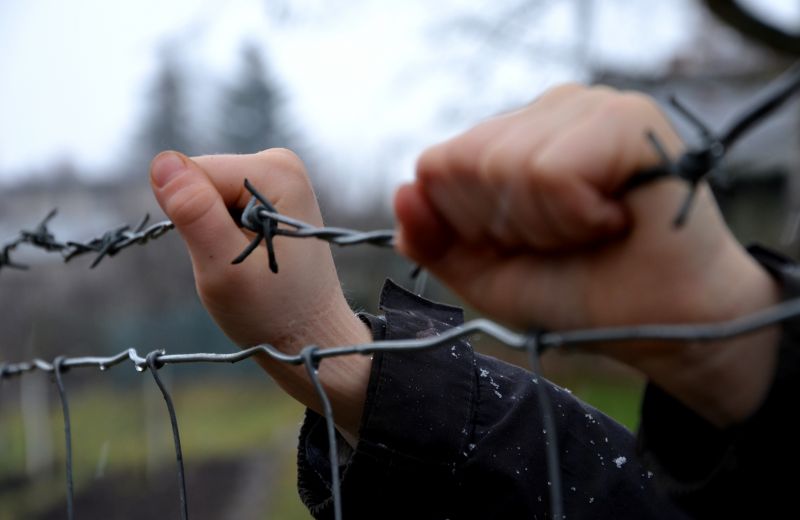
Small tweaks to make Barb Wire Fence Installations safer and easier to use.
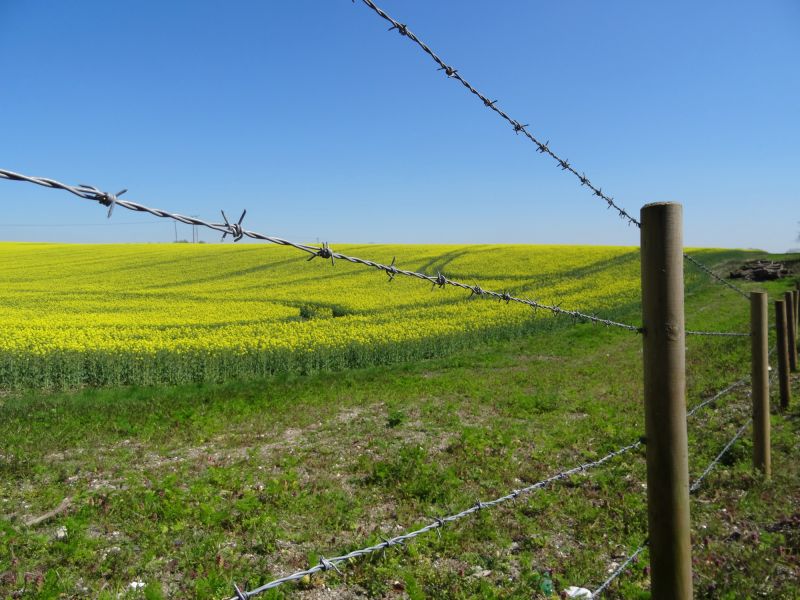
Lower-waste or water-saving choices for Barb Wire Fence Installations.
| Timing Factors | Recommendations |
|---|---|
| Weather conditions | Install during dry, stable weather |
| Soil quality | Choose periods with firm, dry soil |
| Temperature | Aim for moderate temperatures between 50°F and 85°F |
| Season | Spring and early fall are ideal |
| Project urgency | Plan ahead to avoid peak seasonal delays |
Choosing the right timing for barb wire fence installation can impact the durability and effectiveness of the fencing system. Properly timed projects reduce the risk of issues such as sagging, post instability, and wire slack. Consulting with fencing professionals can help identify the most suitable window based on local climate conditions and project requirements.
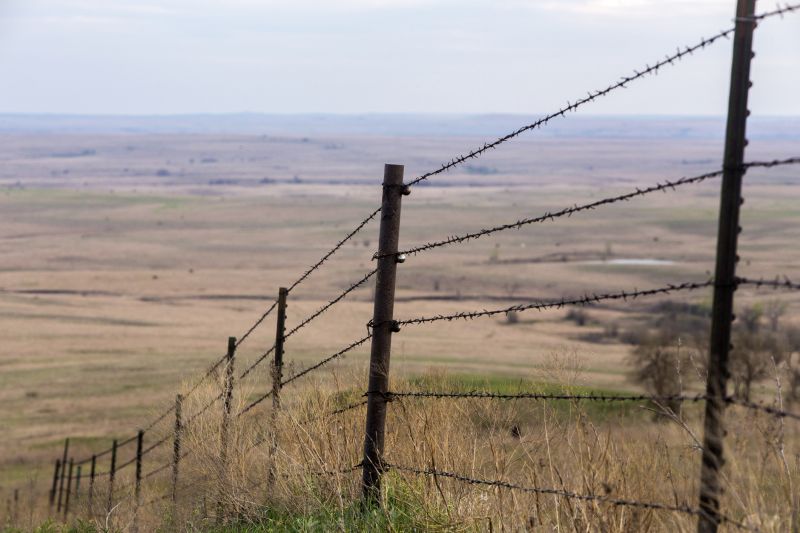
Barb wire fencing in a rural setting.

Installation process underway.

Completed barb wire fence ready for use.
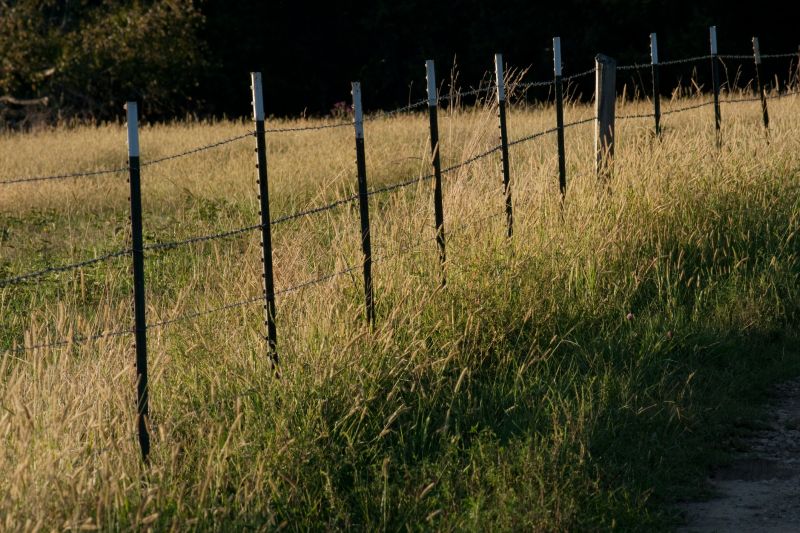
Effective fencing for livestock containment.
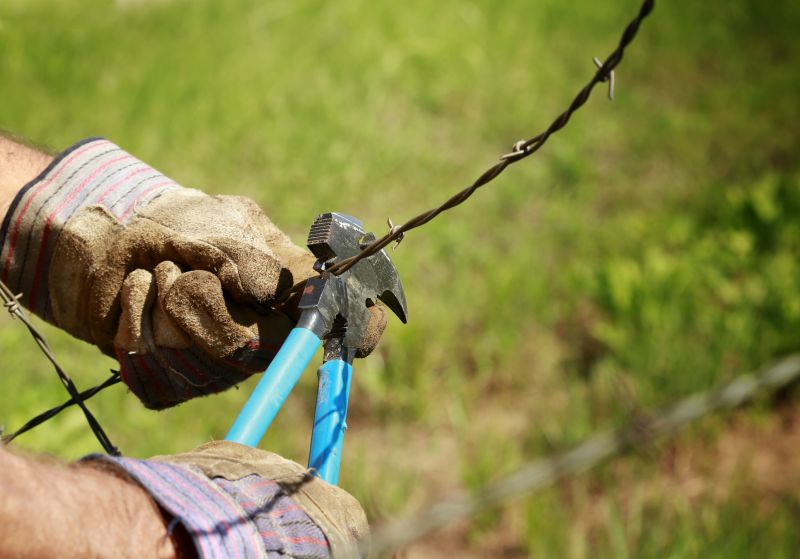
The short, realistic tool list for quality Barb Wire Fence Installations.

Rough timing from prep to clean-up for Barb Wire Fence Installations.
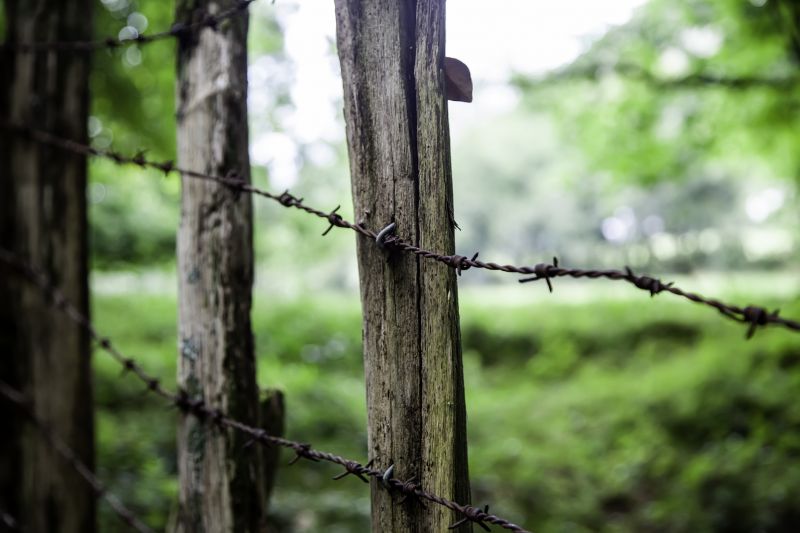
Quick checks and paperwork to keep after Barb Wire Fence Installations.
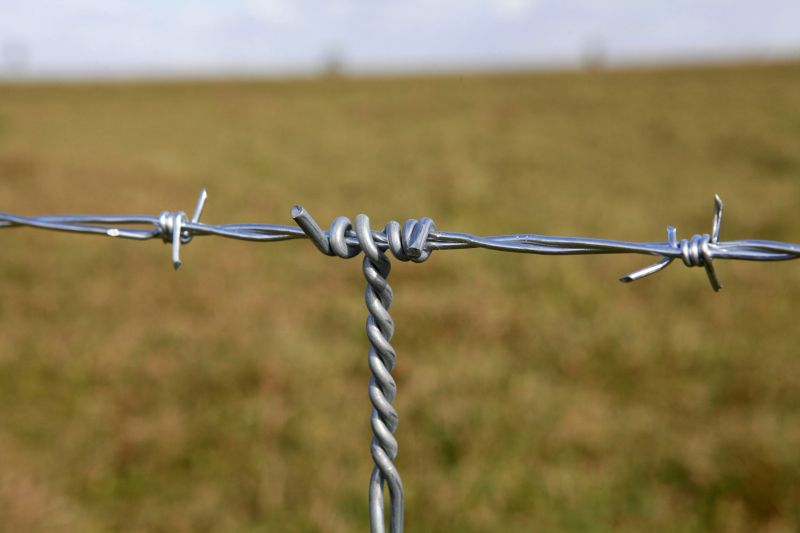
Examples that show the impact a good Barb Wire Fence Installations can make.
Interested parties can contact for more information or to schedule an installation. Proper timing and professional installation ensure the longevity and security of barb wire fencing, making it a reliable choice for property boundaries and containment needs.
